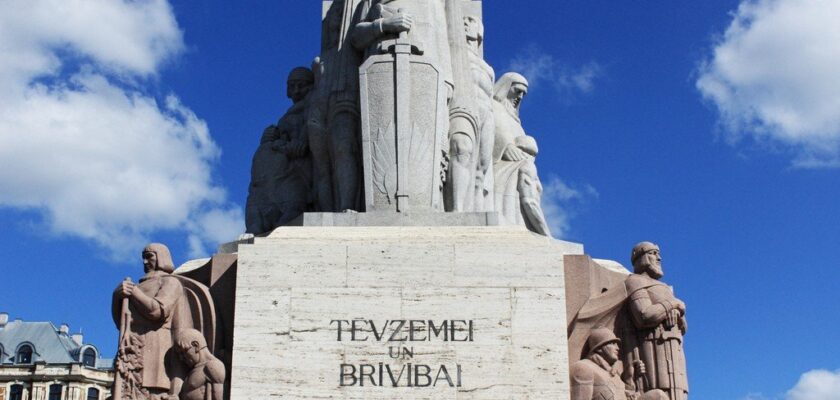Freedom Monument in Riga
Freedom Monument in Riga – a symbol of freedom and independence of Latvia, in memory of those who gave their lives for their country during the civil war, is located in the center of the capital, on Freedom Boulevard. It is a 42-meter-high stele with a nine-meter-high sculpture of Freedom at its end. The statue depicts a young woman holding three stars in her hands, according to the number of cultural and historical regions of the state – Kurzeme, Vidzeme and Latgale. The obelisk bears the inscription “To Fatherland and Freedom”. The sculptures and molding of the monument depict the history of Latvia. The foot of the monument is decorated with bas-reliefs – Freedom, Mother Latvia, Lacplesis, Breaking Chains, Vaidelotis, Labor, Guardians of the Fatherland, Song Festival, etc.
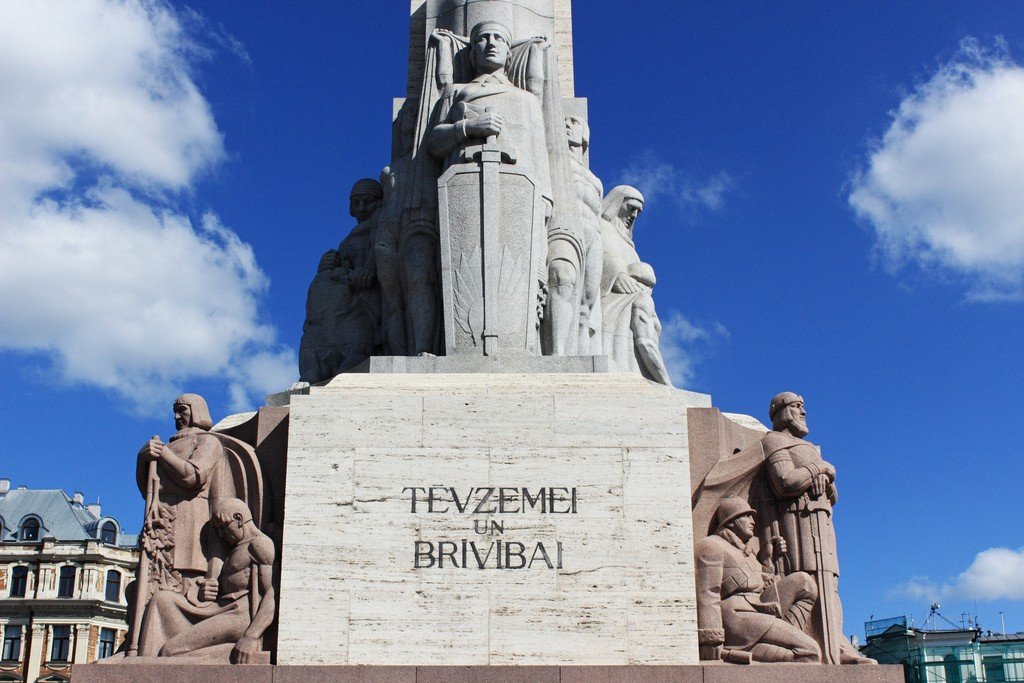
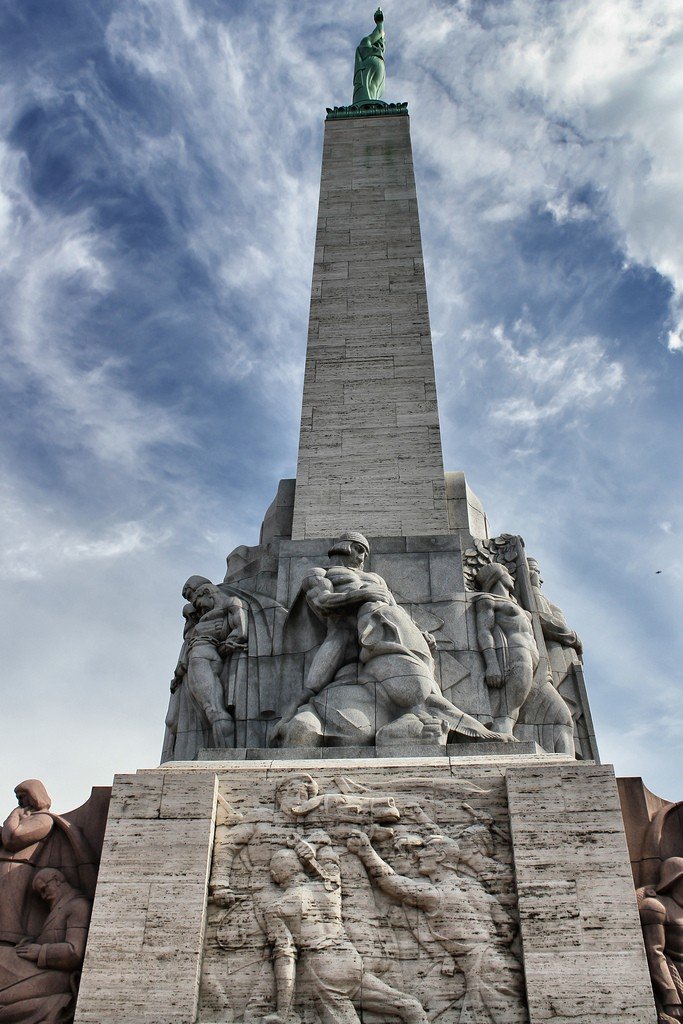
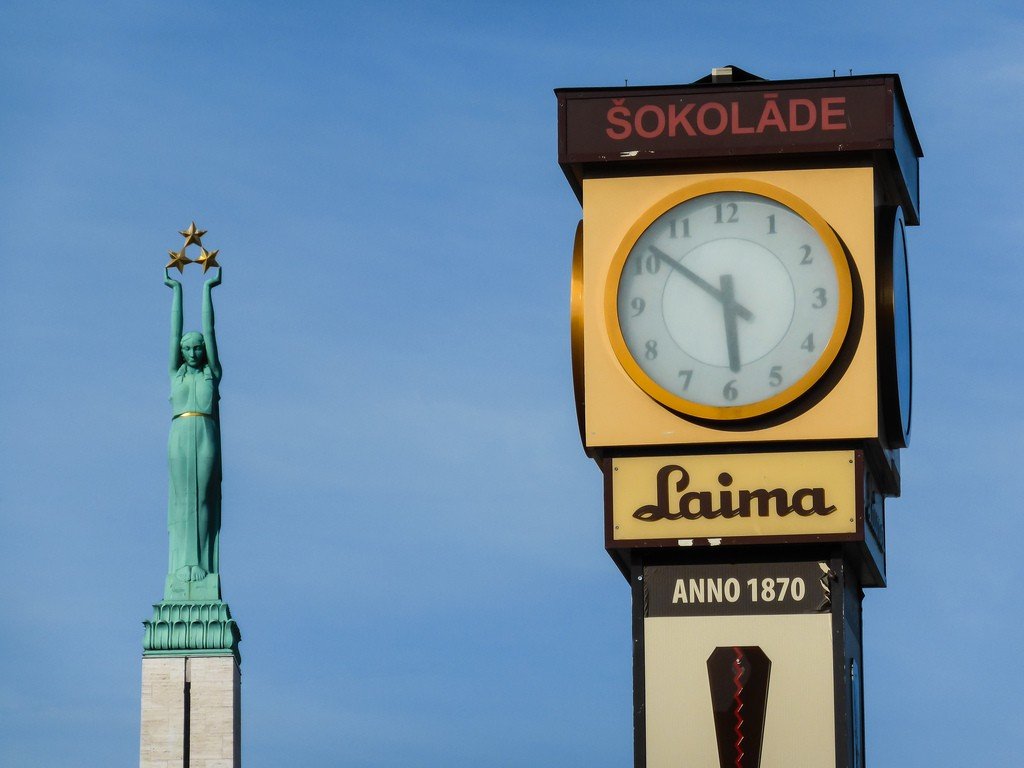
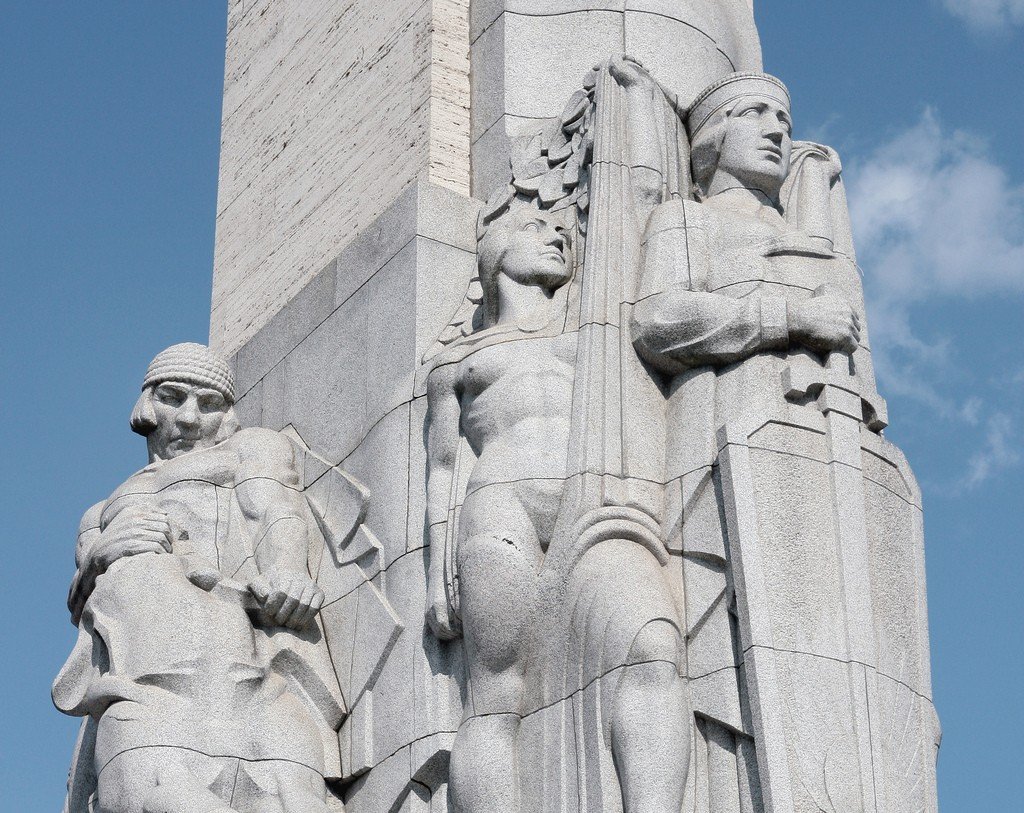
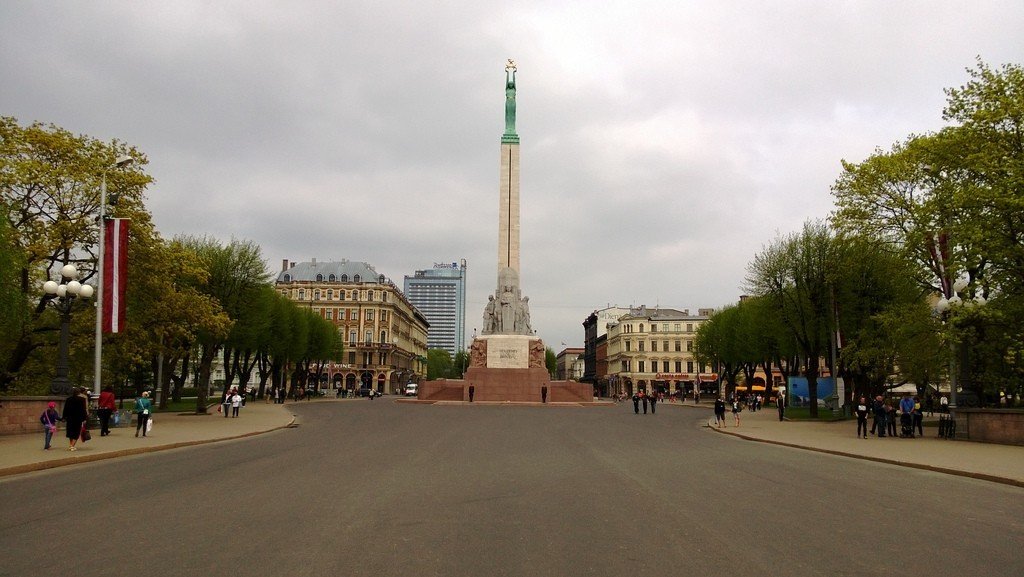
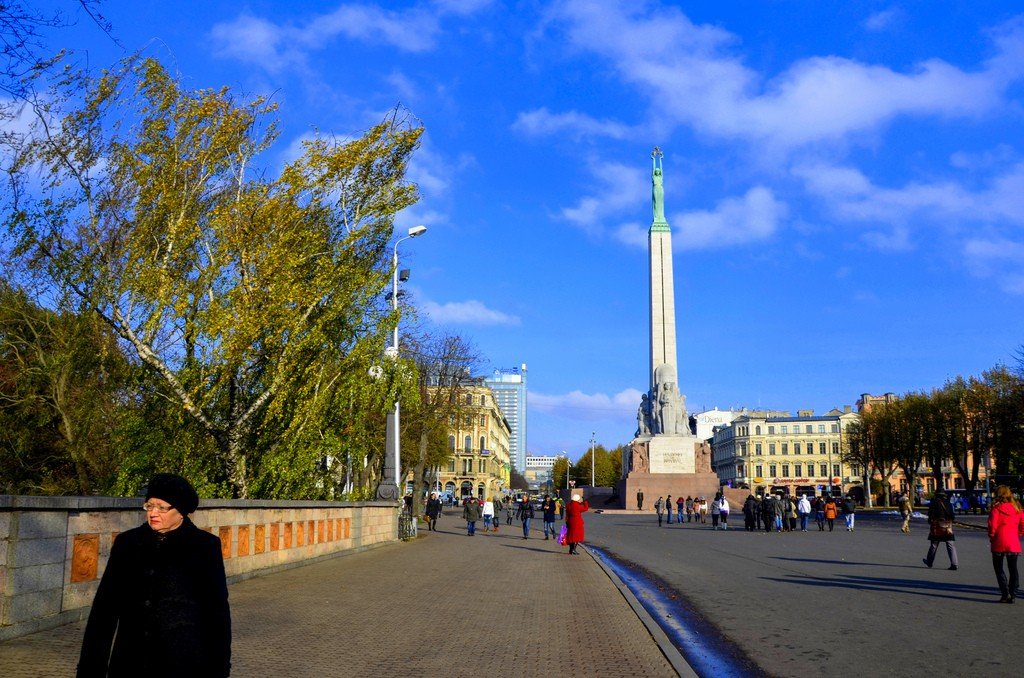
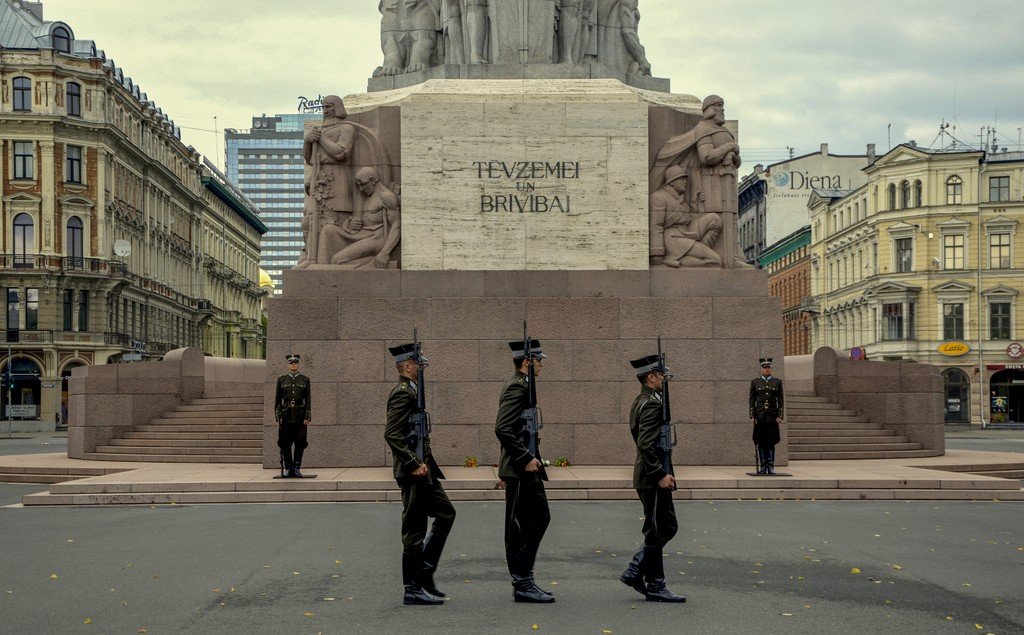
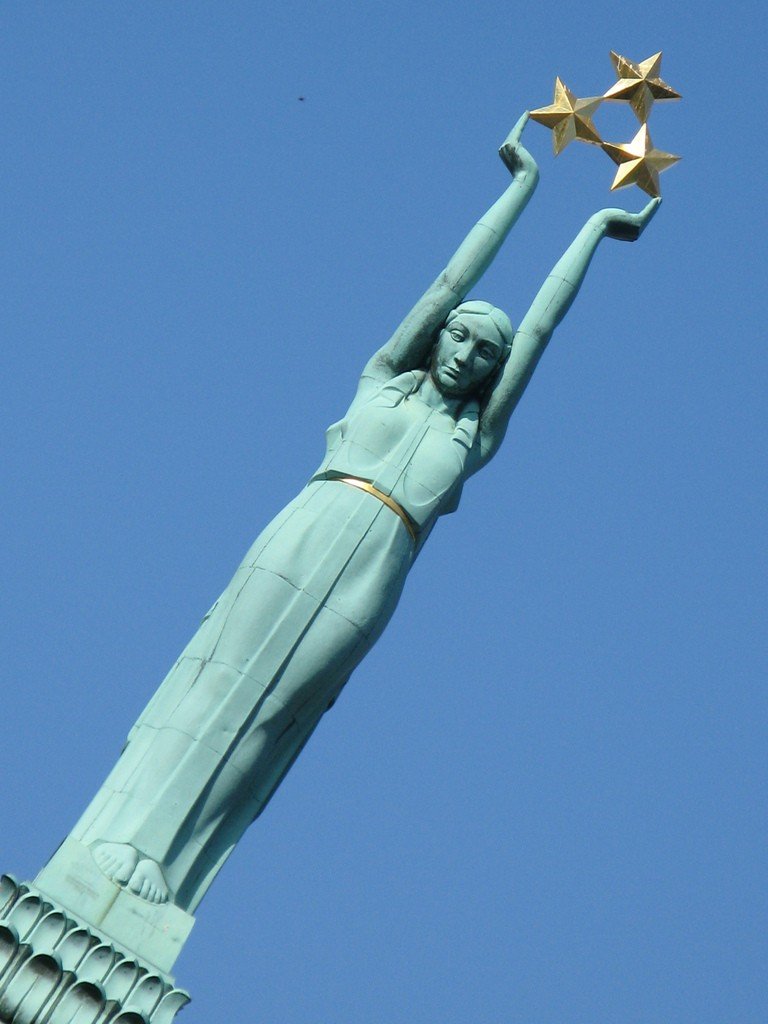
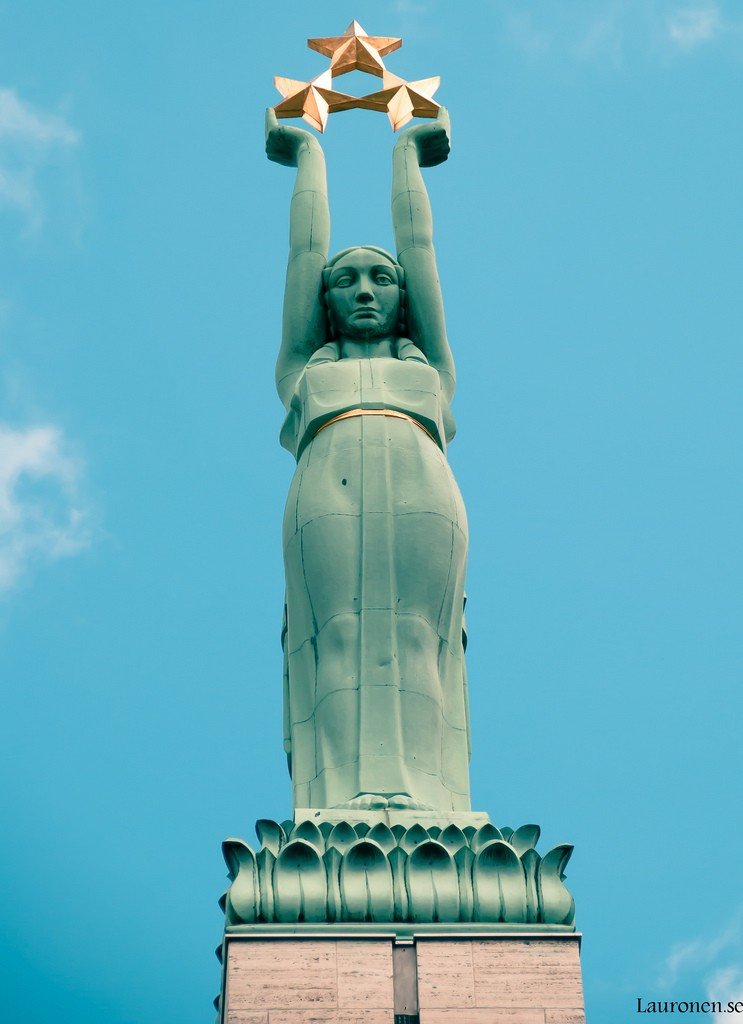
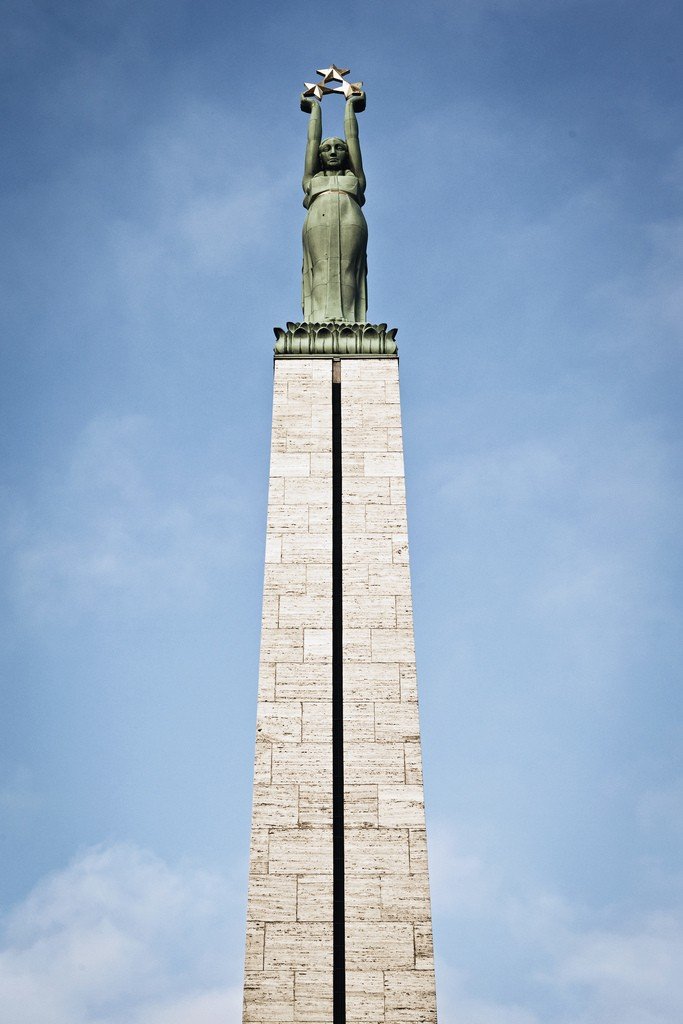
General information
The Freedom Monument was erected by decision of the local authorities in 1935, replacing the monument to Peter the Great that stood there until then. The idea of the monument belongs to the outstanding Latvian sculptor Kārlis Zāle (1888-1942), who is also the author of the memorial ensemble of the Fraternal Cemetery. His idea was realized by architect Ernests Stalbergs (1883-1958), the monument was erected in four years.
.The monument has a multi-level composition, where on each tier there are bas-reliefs telling about the most important milestones in the history of the country and the spiritual values of the Latvian people. The 56 sculptures are grouped into 13 groups, which are placed on four tiers.
.
The first tier reveals the theme of hard work of the Latvian people, their spirituality and aspiration for independence. In the foreground are the sculptural groups “Latvian Riflemen” and “Latvians – Singing People”, four bas-reliefs – “Labor”, “Guardians of the Fatherland”, “Family” and “Spirituality” – are dedicated to the main values of the Latvian people, two more sculptural groups are dedicated to the 1905 Revolution and liberation battles.
.The sculptural groups on the middle tiers of the monument symbolize the people’s ideals and aspirations for freedom. They are the image of the Mother of Latvia, the figure of “Breaking the Fetters”, the mythological hero Lachplesis and the Baltic pagan priest Vaidelotis.
During Soviet times, it was forbidden to lay flowers at or gather near the Freedom Monument in Riga. A trolleybus terminus was made near the monument. The monument was also used as a starting point for bicycle competitions. The first events organized by the Helsinki 86 group during the Atmoda years took place at the foot of the monument. In 1990, the street around the monument was closed to traffic. In 2000, work began to restore the monument. During the restoration, the Liberty and its stars were cleaned, restored and re-gilded. The base of the monument, obelisks, steps and interior were also restored. The used stone of the monument was cleaned and the joints were restored. The base of the monument was also reinforced. A few years later, it was discovered that the gilding of the stars had begun to deteriorate due to the wrong restoration technique. The stars were restored in the spring of 2006 during the restoration work. However, the restoration was rushed, and as a result, the restorers reported that they could not guarantee the quality of their work.
.
On November 11, 1992, the honor guard was restored at the Freedom Monument.
.